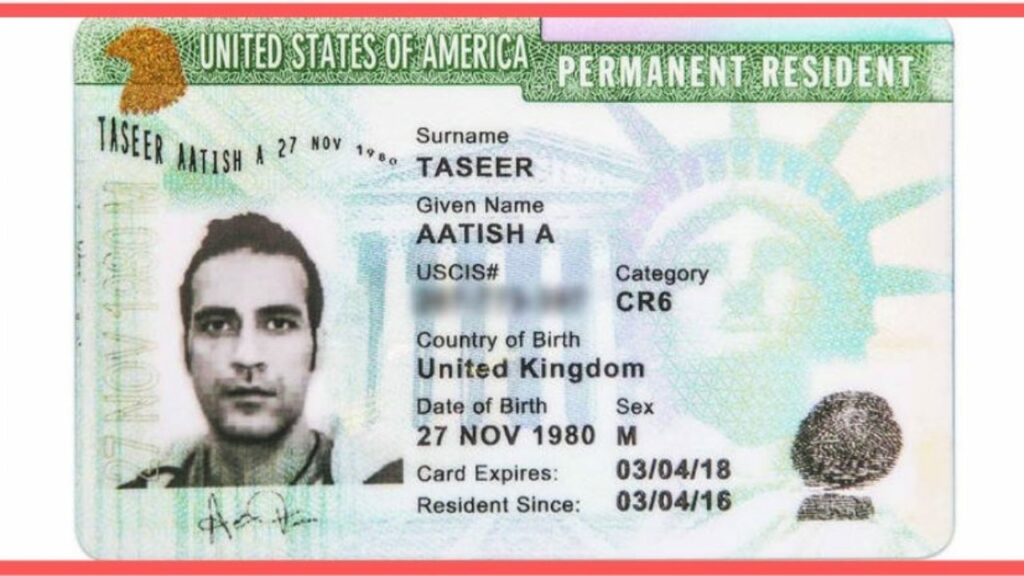As per the report, with over 65,960 Indians naturalized in 2022, India stands as second largest provider of new US citizens in the world.

Overview of Naturalization Policy and Citizenship Trends
India is next to Mexico.
Naturalization policy is the method that delineates the legal process through which one who is not born in a nation, gains its citizenship.
This policy entails all the criteria as well as procedures required by foreign born individuals to obtain this citizenship. The backlog of the naturalization applications has notably decreased in recent years.
For those who became citizens in FY2022, the duration spent in Legal Permanent Residency (LPR) status before naturalization averages at 7 years.
There are as many as 2.8 million Indian-born foreign nationals. Out of these, 42% are not eligible for naturalization.
Out of total US population, the foreign-born residents make 14%, out of these, 53% have reported naturalized citizenship.
Next to Mexico and India are Philippines, Cuba, and the Dominican Republic.
Notably, as many as 128,878 Mexican nationals and 65,960 Indians, and significant numbers from other countries acquired American citizenship.
Factors Driving the Surge in Naturalization
There are many reasons that can be attributed to the increase in naturalization. First and foremost, could be the significant number of Indian diasporas in the US which form a ready pool for citizenship applicants.
The second reason is the availability of economic opportunities, career growth, as well as higher wages in the US that incentivizes individuals to pursue citizenship for stability.
In addition to this, there is also access to the esteemed US education system which is particularly a motivator with the simplified process for immigrant children.
Last but not the least is the security of the US that stems from relative political stability.
Despite of above, there are concerns raised over the processing backlogs for the naturalization applications. However, there has been a notable increase in the backlog reduction since FY2020.
In order to qualify for naturalization, the applicants have to meet eligibility requirements outlined in the Immigration and Nationality Act (INA), typically including being an LPR for at least five years.













